Partnership Helps Private Landowners Manage Thriving Habitats for At-Risk Species
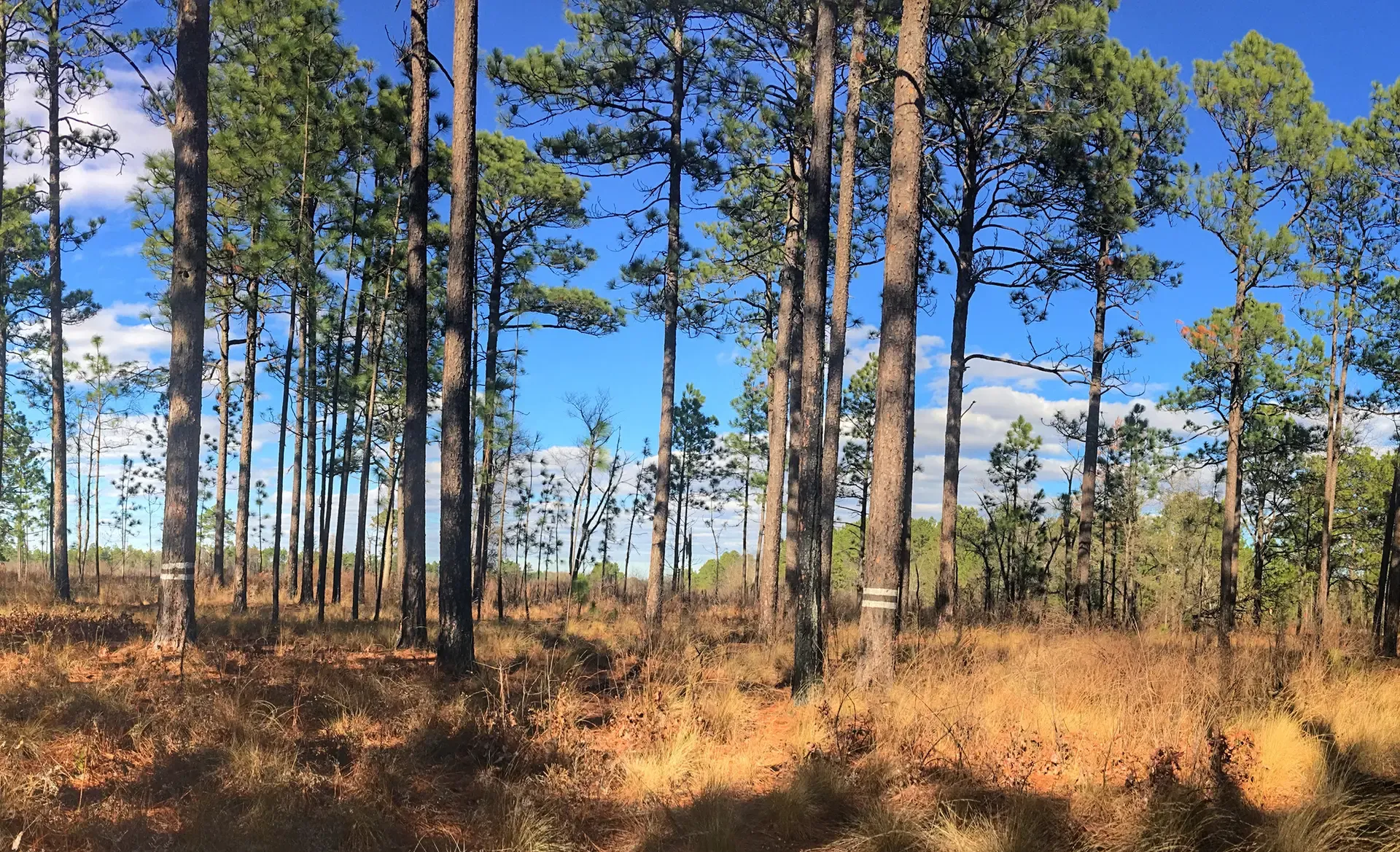
Lelia Reynolds’s family has always loved gopher tortoises. When she was a child in the late 1970s, her father, William A. DuPre III, brought Lelia home a gopher tortoise from the family’s property in southwest Georgia called Leary Farm. Reynolds put her new pet in a pen in the yard, but the gopher tortoise promptly dug itself out and was gone.
“That was my first lesson in what they’re capable of,” Reynolds said. “We’ve always been enchanted with that species.”
Reynolds and her brother, Bill DuPre, inherited the Leary Farm property from their father, and they also inherited his clear-eyed dedication to conservation and habitat management on the property, borne out of a love of quail hunting that is the primary use of the land. That conscientious approach led them, in 2020, to become participants in the West-Central Georgia Habitat Improvement Initiative, part of the expansion of a region-wide initiative between the American Forest Foundation and the U.S. Fish and Wildlife Service’s Partners for Fish & Wildlife program. The initiative supports conservation for at-risk and listed wildlife species on private lands in the Southeast, focusing on several key landscapes.
AFF partners with USFWS biologists to identify private landowners with at-risk species on their land and then works with the landowners, providing cost-share funding and technical assistance for habitat improvement for at-risk and listed species. As part of the agreement, the landowner commits to work with AFF and the USFWS for 10 years to ensure the population of at-risk species is monitored at regular intervals. Focal species include not only the gopher tortoise but the gopher frog, Eastern indigo snake and others.
“Periodically, the Fish and Wildlife Service goes through a process to re-evaluate the status of certain at-risk species. We want to make sure that private landowners can help be part of the solution and provide data to the Fish and Wildlife Service on species populations, so that the Service can make the best-informed decision possible,” said Sara Anrrich, Senior Manager, Southern Biodiversity Conservation for AFF.
The habitat improvement initiative between AFF and USFWS was launched in 2017 in southern Alabama, and its footprint has expanded to the Florida panhandle, southwest Georgia (including the Leary Farm), parts of South Carolina, northern Alabama, southern Tennessee, and southeast Mississippi – and it’s poised to expand further in 2021. As of October 2020, 23 landowners had signed 10-year agreements under the program, totaling more than 3,500 acres; other landowners had engaged in initial conversations with USFWS biologists and received technical assistance. AFF and USFWS have committed more than $1 million to the effort.
“There’s a lot of momentum with this program,” Anrrich said. Crucially, seven population surveys for gopher tortoises had been completed through October 2020. Those surveys identified 762 gopher tortoises. Those populations amount to two minimum viable populations (more than 250 adults), one primary support population (50-250 adults) and four secondary support populations (fewer than 50 adults). These data are in addition to AFF’s 2019 population data collected with other partners in Alabama, which identified five minimum viable populations, five primary support populations, and 30 secondary support populations of gopher tortoise on private land. Working with the USFWS to extrapolate combined survey results to a range-wide approach, AFF projects a magnitude jump in new gopher tortoise populations that could prove decisive in future listing decisions by the USFWS for the gopher tortoise and other at-risk species dependent upon longleaf habitat. The species status assessment for the gopher tortoise is ongoing. A decision is anticipated for 2022.
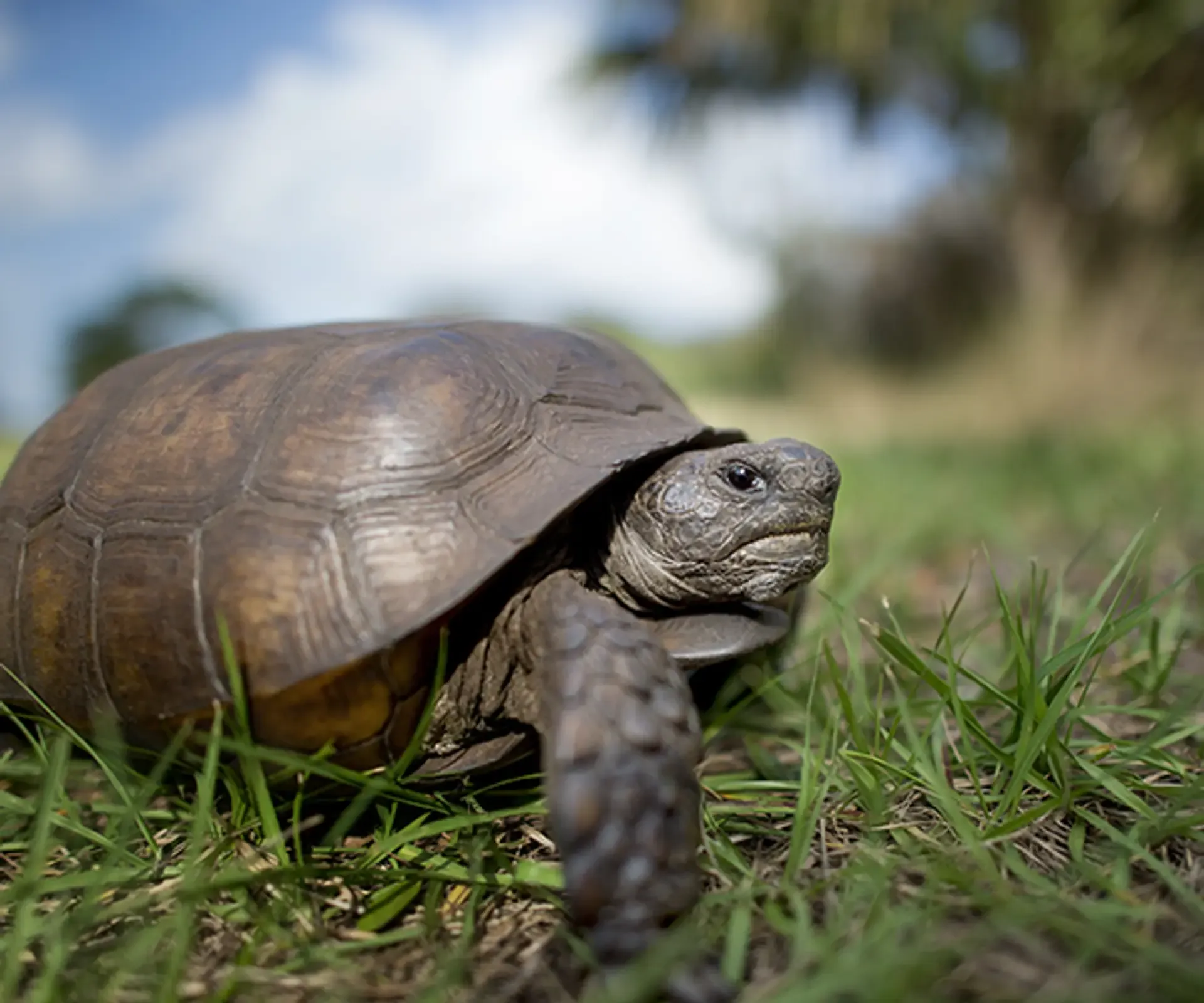
An Array of Benefits to Landowners
Reynolds said it’s a challenge to maintain the Leary Farm property for wildlife – both financially and strategically. “If somebody isn’t paying attention, it’ll turn into an overgrown hardwood mess that doesn’t hold much wildlife,” she said.
The habitat improvement initiative provides vital funds to the family to adopt the efforts necessary for proper habitat management.
“Our No. 1 priority with that place is to be good stewards of the land,” Reynolds said. “And our second priority is to be good stewards of our money. If we have any hope of these places being able to be maintained for wildlife, instead of being turned into tree farms or agricultural land, we’ve got to make it affordable.”
DuPre said the initiative is not just “a do-good, feel-good program.” It helps landowners manage their land in a way that makes both economic and environmental sense, he said. Without the financial aid of the program, DuPre said managing for habitat would be more difficult – “frankly, it would be a luxury.”
“Programs like this are a real win-win,” DuPre said. “It gives people the incentive to do the right thing and not pay an outsized financial penalty for doing it.”
For each property in the program, a forester works closely with a biologist to put together a habitat improvement plan. Greg Pate, a consulting forester with AFF, and Jim Bates, a biologist with the USFWS, work on the Leary Farm property.
“Most landowners in the South when they manage their forest, they also manage for wildlife habitat, but some landowners have these special at-risk species,” Pate said. “We feel like they’re going one step further, and we want to reward them by providing the technical guidance and financial assistance to help them.”
Pate said landowners can participate in the program in part to preclude closer oversight in the future – and to ensure that they’re using best practices now.
“The most critical thing is improving and putting in habitat that otherwise wouldn’t be there for these at-risk species to flourish and multiply,” Pate said. “Active forest management and active habitat management can help increase the populations of these species. Hopefully, we can gain enough population data to show that these species don’t need to be listed, and that the landowners can manage these species without any kind of regulation.”
Strengthening Relationships
Reynolds said she and her brother were very comfortable with the program from the outset. “It was a no-brainer,” she said. DuPre agreed, saying the benefits of the program were clear and the trust level with AFF and USFWS was high.
“We’ve found it very easy to work with everybody involved in the program,” DuPre said. “They understand what we’re trying to do – and what we can and cannot do. We’re very interested in taking good care of the land and being good stewards of the land and leaving it better than we found it. And the program’s giving us a big hand in doing that.”
Bates said the success of the program depends on communication and collaboration that emphasizes achieving the goals of everyone involved.
“It’s important for us to spend time listening to landowners and making sure we understand what their objectives are,” Bates said. “So then we’re planning around what their needs are, what their wants are, and making sure we meld with them, and that the plan we set for them is going to achieve what they want as well as what we want.”
Anrrich said many participants in the program already had built relationships with representatives from AFF and USFWS and understood the partnership would put their needs and objectives in the foreground.
“Landowners are deeply connected and heavily invested in their land, and it requires time to build trust and strong relationships between the landowners and biologists,” Anrrich said. “It requires us to be highly credible at all times to make sure we earn their trust, and we take that very seriously.”
Expanding Habitat Connectivity
Anrrich said private landowners in the Southeast have made clear that they consider protecting and improving wildlife habitat to be a major priority. In fact, an AFF survey found that 87% of private landowners in the region said protecting and improving wildlife habitat is a primary reason why they own their forested land, Anrrich said.
“Many of the landowners we work within this program are willing to commit to a long-term solution for managing for the benefit of the wildlife they have on their land,” Anrrich said. “They have a genuine interest in wildlife habitat and a desire to help.”
Future prospects for expanding the habitat improvement initiative are bright, Bates said. The program offers the opportunity to “expand our horizon,” he said, and build buy-in for habitat management efforts with other landowners who are also interested in seeing their woods provide benefits for wildlife.
“We have a chance to increase habitat connectivity throughout the area where we start partnerships,” Bates said.
Anrrich said the program allows for flexibility to “go where the energy and opportunity is greatest within the region.”
“We would love to be able to cover the entire southeastern region – to fill in all the pockets where we’re not currently offering this program,” she said. “We want to keep our finger on the pulse of where we can have the biggest impact.”
A Flourishing Gopher Tortoise Habitat
On the Leary Farm property, the habitat improvement initiative is contributing to longleaf pine establishment and prescribed burning on strategically identified portions of the land. The native ground cover that grows under the longleaf pine provides strong habitat for gopher tortoises, Pate said, and the burning keeps grasses growing and prevents other species from encroaching upon the gopher tortoise habitat.
Bates said DuPre and Reynolds were already active landowners.
“A conservation ethic is shared by many of the landowners we work with, and Bill and Lelia definitely show that characteristic,” Bates said. “They are very interested in conservation on their property, and they work hard at it.”
An initial population survey conducted through the program found more than 335 gopher tortoise burrows on the Leary Farm property, Reynolds said, including a range of differently sized burrows – “a good indication of a healthy population.” Reynolds said she is going to use the survey map created from the process to take extra care to protect the burrows from regular maintenance and upkeep on the property.
“Whenever I’m bird hunting at Leary Farm and I pass a gopher tortoise burrow, I stop and look at it,” Reynolds said. “I like being down there in August and September when they’re really active. I just think they’re a really special species, and we want to do whatever we can to protect it.”
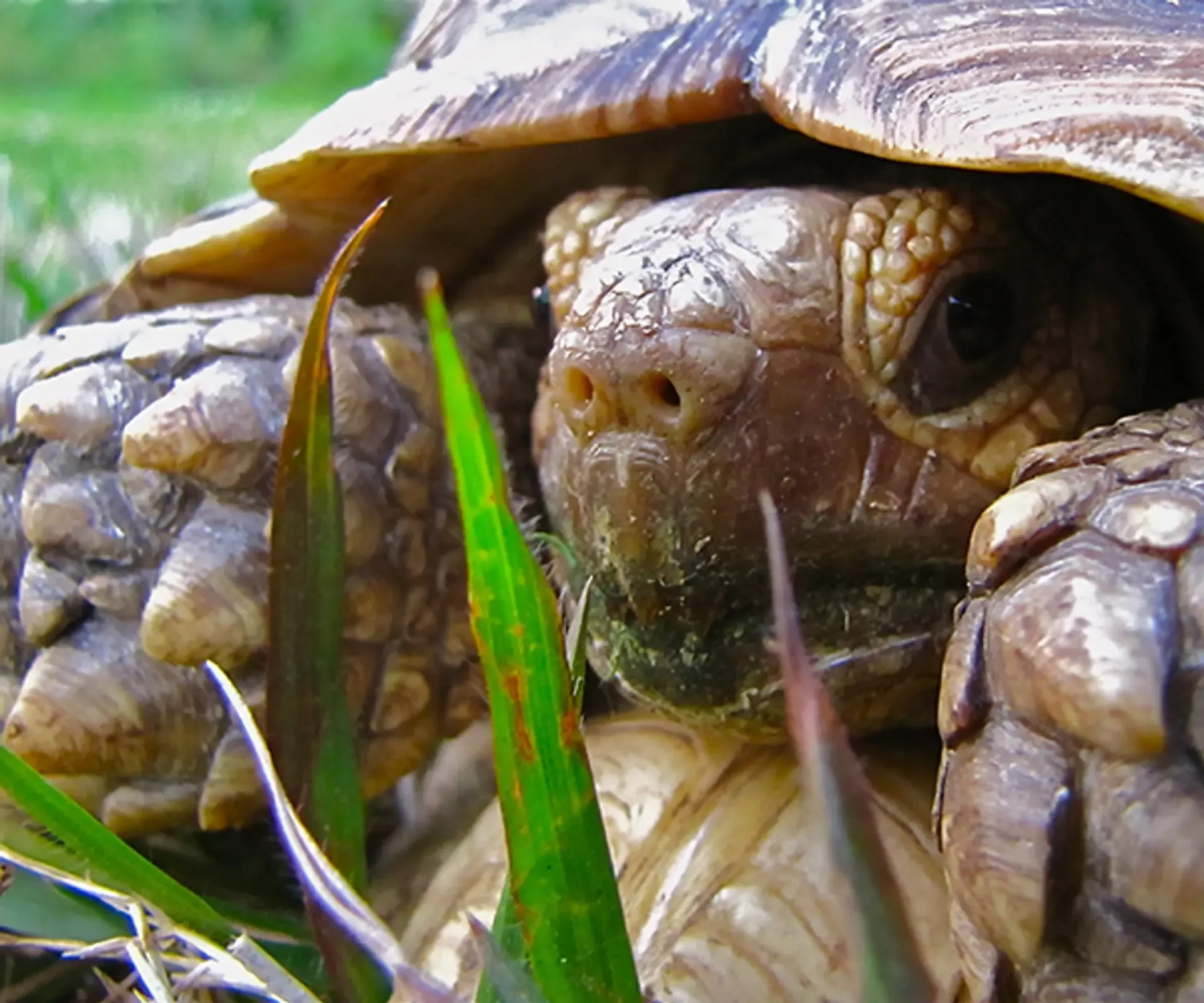
DuPre said the health of the gopher tortoise on Leary Farm validates the effort his family has put into aiding the health of the wildlife on their property.
“The gopher tortoise is kind of an indicator to us that we’re doing a lot of things right,” Dupre said. “It’s so enjoyable to see them thrive. The land, when it’s properly cared for and maintained, can provide a whole host of benefits – not just for the gopher tortoise but for all kinds of birds and ducks and other species. The fact they’re thriving is a great sign.”
This piece was originally published as part of a larger article in AFF's quarterly magazine, Woodland Magazine. You can read the full piece in the digital edition of the publication.
Related Articles
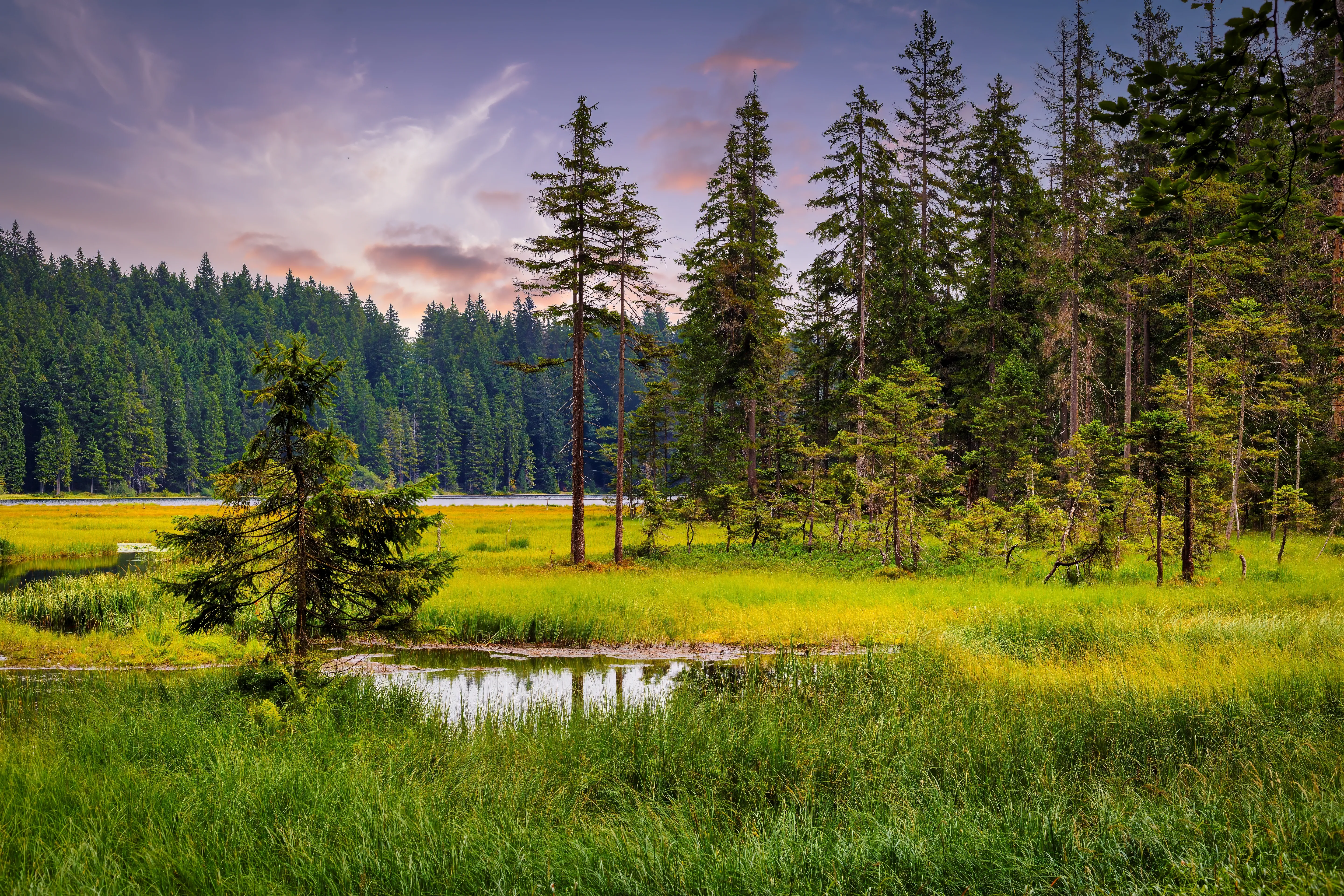
September 4, 2025
Nature is Worth Investing In: Breakthroughs in the Voluntary Carbon Market
As we head into Climate Week, it’s worth pausing to take stock of how far the voluntary carbon market (VCM) has come. For years, this space has been scrutinized, challenged, and even questioned—but over the past few years we’ve seen positive breakthrough after breakthrough, which shows just how much progress has been made.
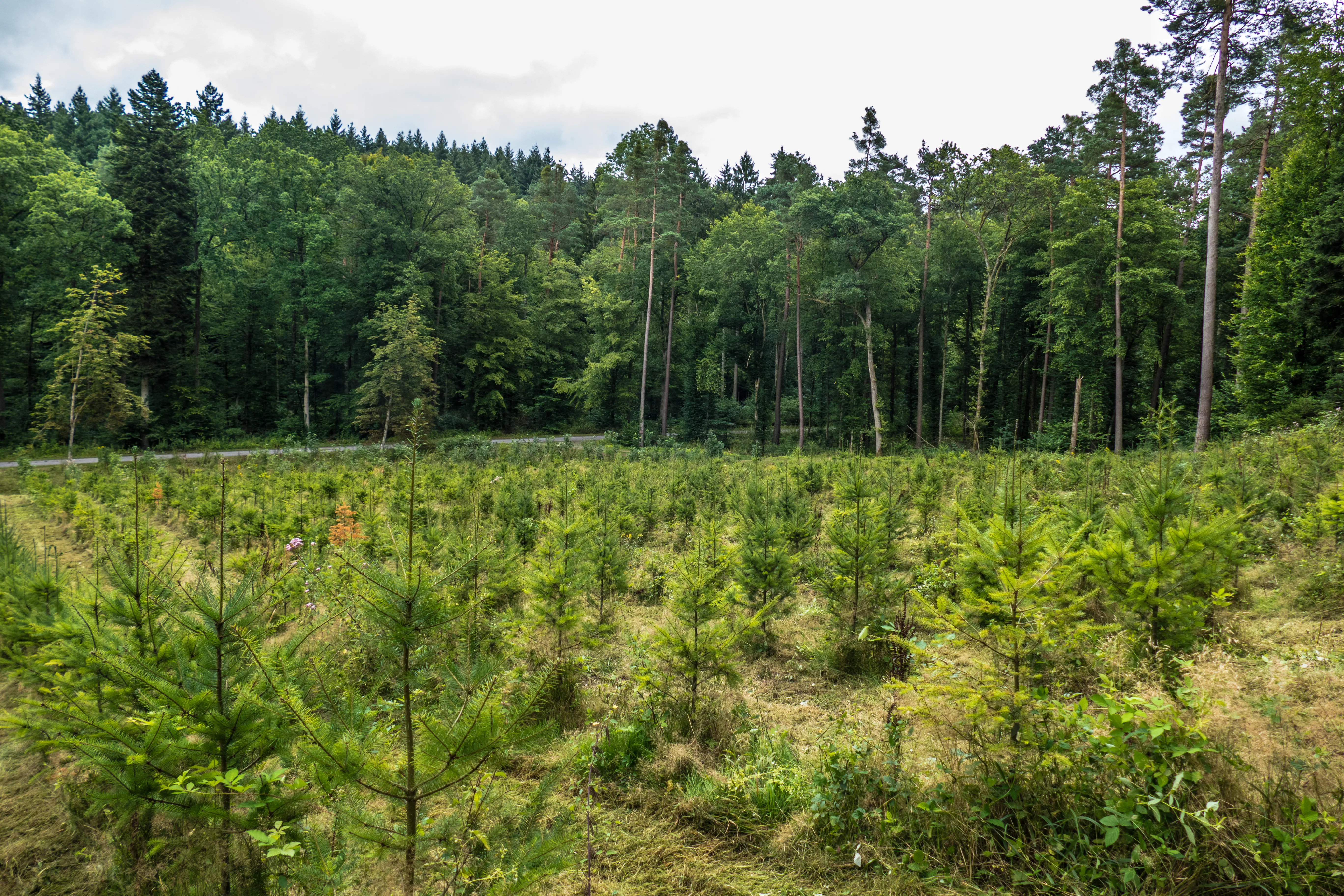
September 3, 2025
Netflix Signs Carbon Credit Deal with AFF
The American Forest Foundation (AFF) announced today that Netflix has committed to a 15-year contract to purchase verified carbon credits produced through AFF’s Fields & Forests project (F&F), an Afforestation, Reforestation, and Revegetation (ARR) carbon project that partners with family landowners to transition their underused fields to thriving, working forests.
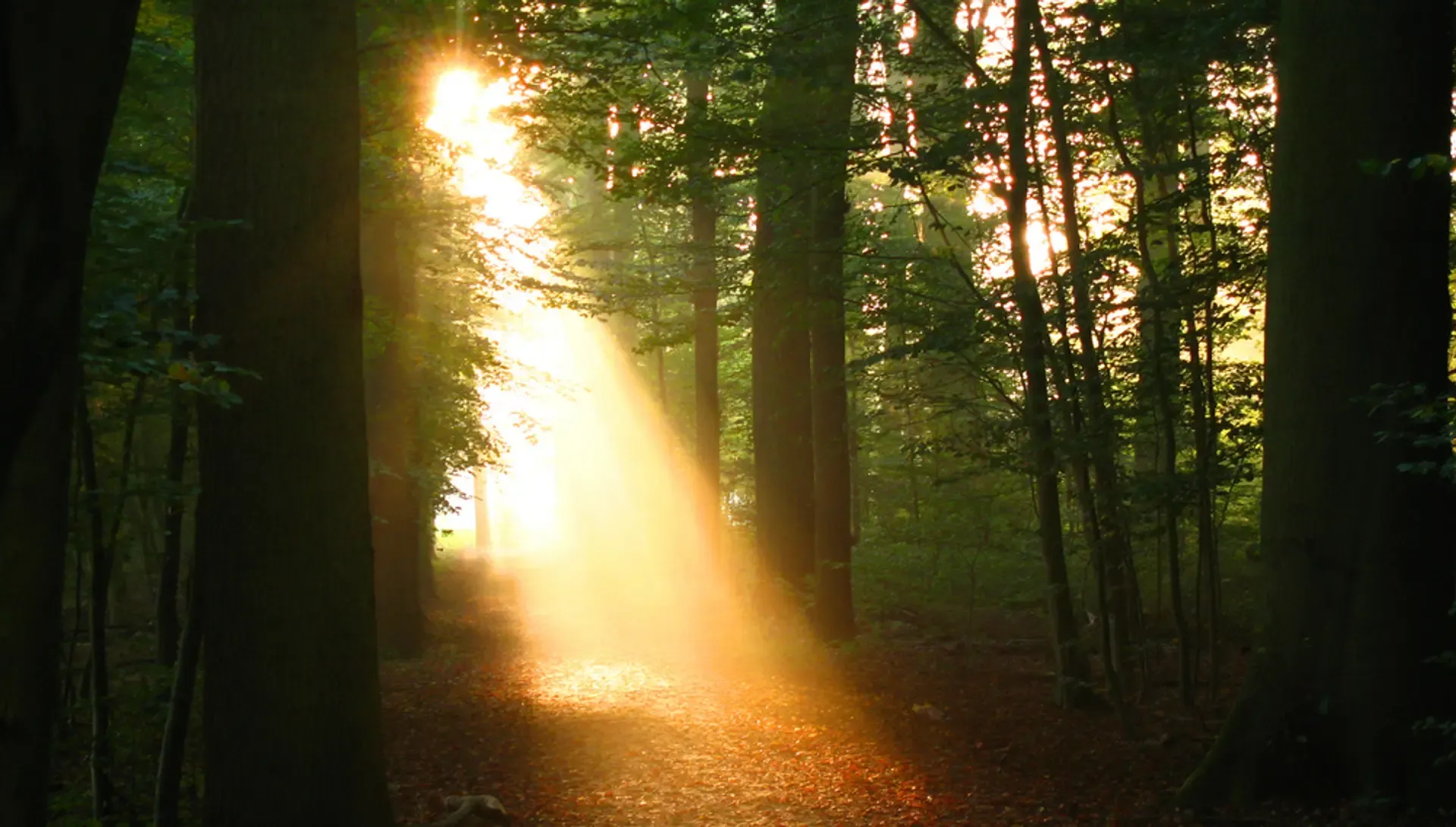
October 29, 2024
Branching Across the Aisle: How Building a Voluntary Carbon Market Benefits Rural Communities & The Planet
With the presidential election right around the corner, our television screens and social media feeds are filled with divisive messages and rhetoric. However, in a time where finding common ground seems nearly impossible, there is at least one thing that Americans on both sides of the aisle support: our forests.